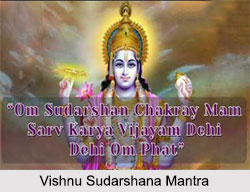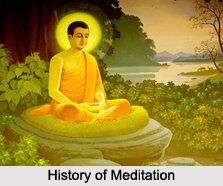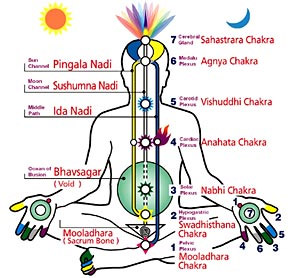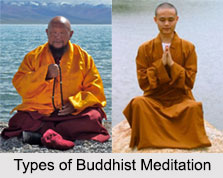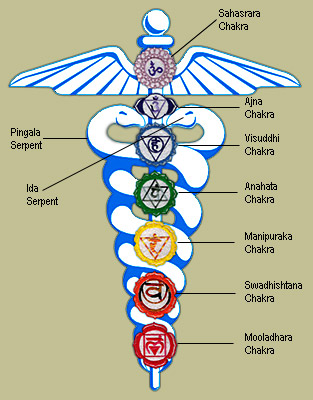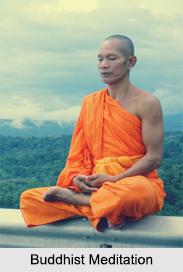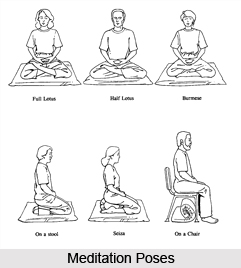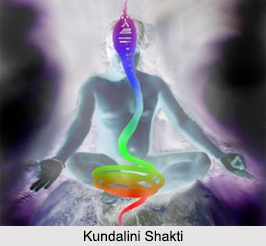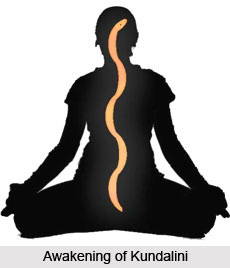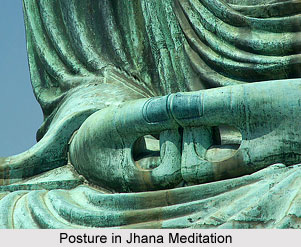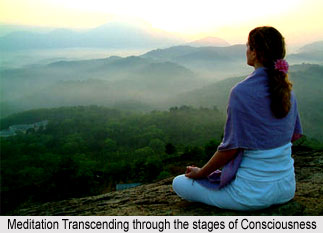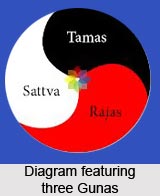 Music meditation is a soothing yet effective concept to improve physical and mental fitness. Music has been used as a part of meditation from the dawn of civilization as it balances the mind and body through its rhythmic pattern of tones and creates a unique harmonic relationship with human being and the surroundings. In ancient India saints usually created the music for devotion and meditation. The kings were the patrons as they wanted to live in peace amidst all the problems of administration and music was the only way to give them better feelings. The tradition of using music is not forgotten even in the contemporary, commercialized world.
Music meditation is a soothing yet effective concept to improve physical and mental fitness. Music has been used as a part of meditation from the dawn of civilization as it balances the mind and body through its rhythmic pattern of tones and creates a unique harmonic relationship with human being and the surroundings. In ancient India saints usually created the music for devotion and meditation. The kings were the patrons as they wanted to live in peace amidst all the problems of administration and music was the only way to give them better feelings. The tradition of using music is not forgotten even in the contemporary, commercialized world.
Techniques of Music Meditation
It is very important to synchronize our body and mind with the musical tones during meditation. The `Mantras` of ancient India are also a form of music, which produced calm vibratory effect. Music transports one to a place where only emotions are felt without having to think about new thoughts. Music gives the mind rest, which is a very necessary part of meditation and it energizes, inspires and uplift the mind. While listening to music, one has to open his/her mind and visualize the body, mind and spirit relaxing. Soon one learns to achieve a meditative state only with the sounds around. The music chosen can be of various forms that suit one`s mind and body. It may be instrumental, classical to light classical. The music regulates moods and provides inspiration to live and enjoy. Indian classical music or Raagas are created according to the change of mood during seasonal changes and also during the cycle of day.
To survive in the harsh soundscape of modern life, one must understand the various tones of the natural environment that change along with periodical cycle. This change of sound in different times of day can also be noticed in the sounds of birds, animals and insects in the hours of morning, noon, evening and night. This sound also changes along with seasonal changes. Even the pitch of our own voice changes as the days go by. The music for morning and evening meditations should produce a consciousness of the harmonics of the time and hour of the day. The musical instrument used should generate a tone that is perfect to create a meditative mood.
Benefits of Music Meditation
The audible and inaudible frequencies of sound have created a layer of noise in the environment. The soothing rhythm of music can only ward off the bad effects of chaotic and neurotic environment. To combat the noise one needs soft and solacing organic sounds that are rich in sympathetic overtones. They influence the sympathetic nervous system and the internal organs as well as pacify one`s rage, anger and adverse
feelings. Each human experience is translated into various tones inside the organism, which influences the endocrine glands and the blood chemistry. Ultimately meditative music has a healing effect on body, mind and spirit.
